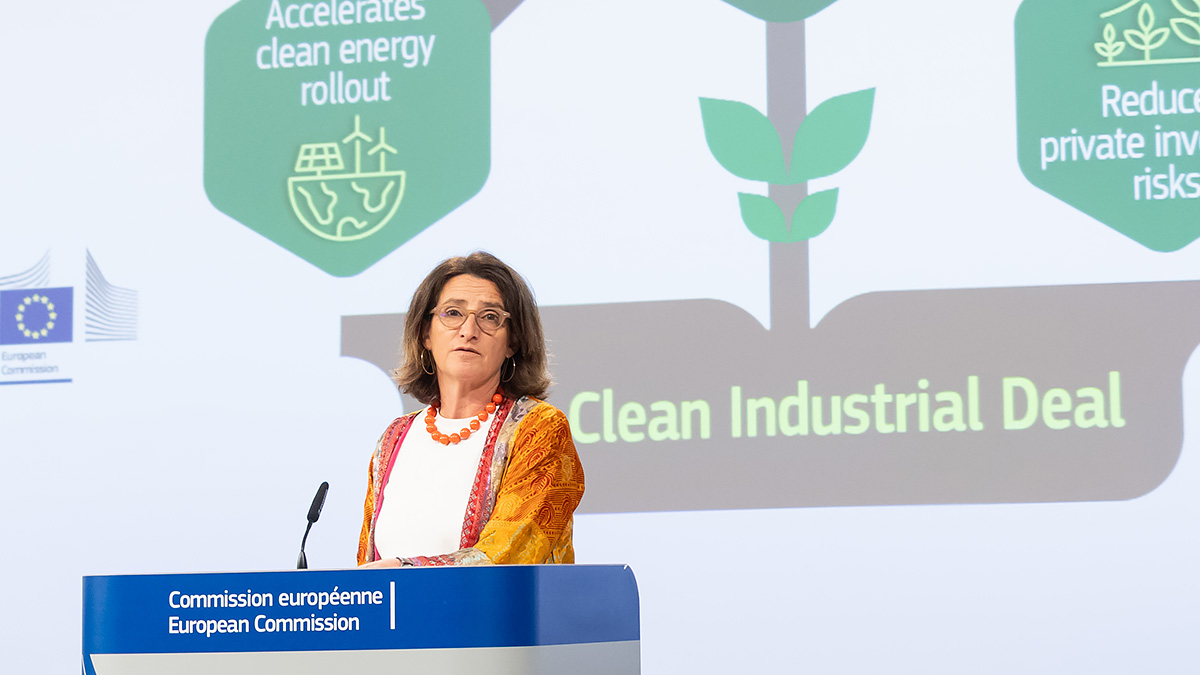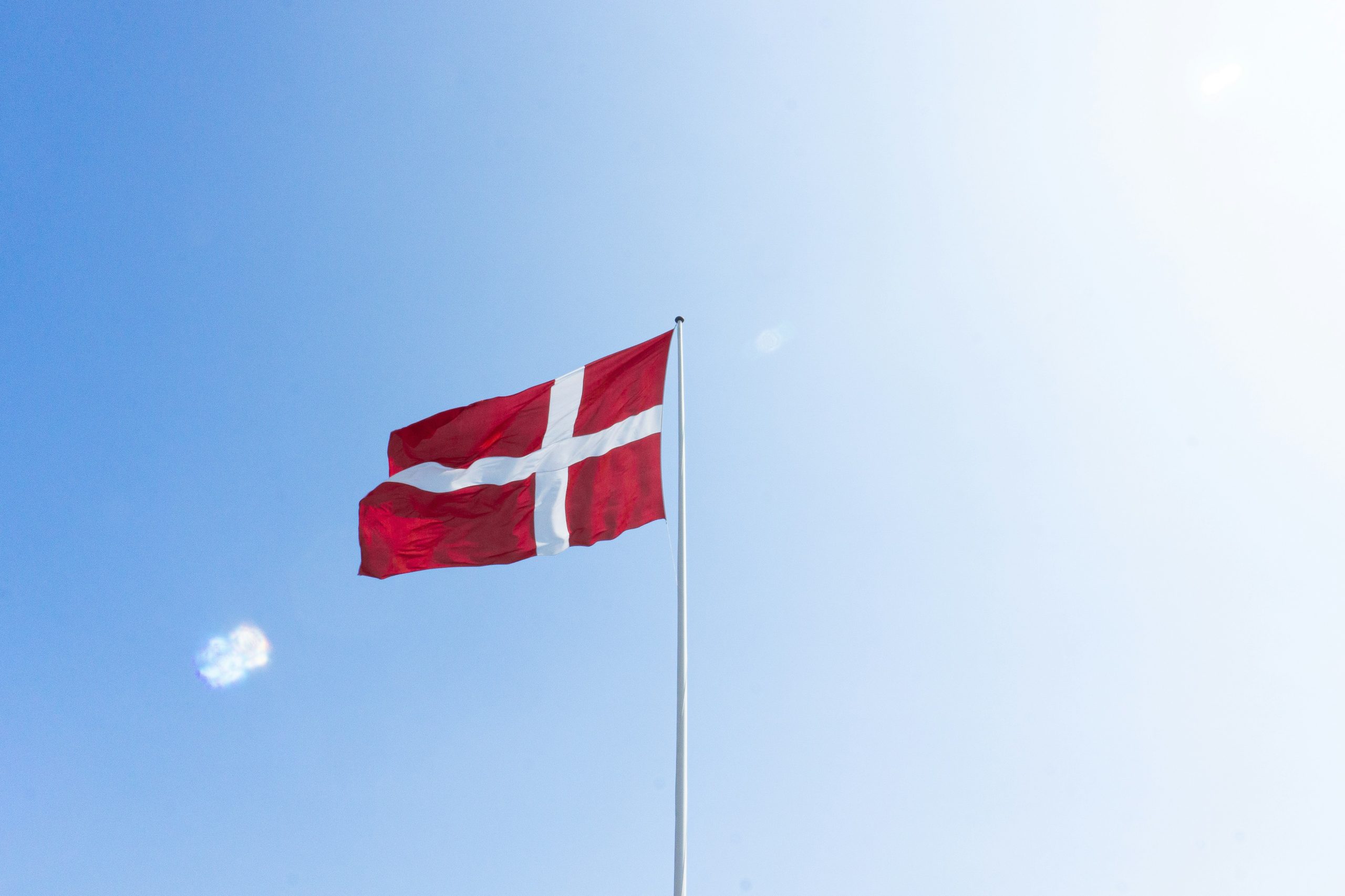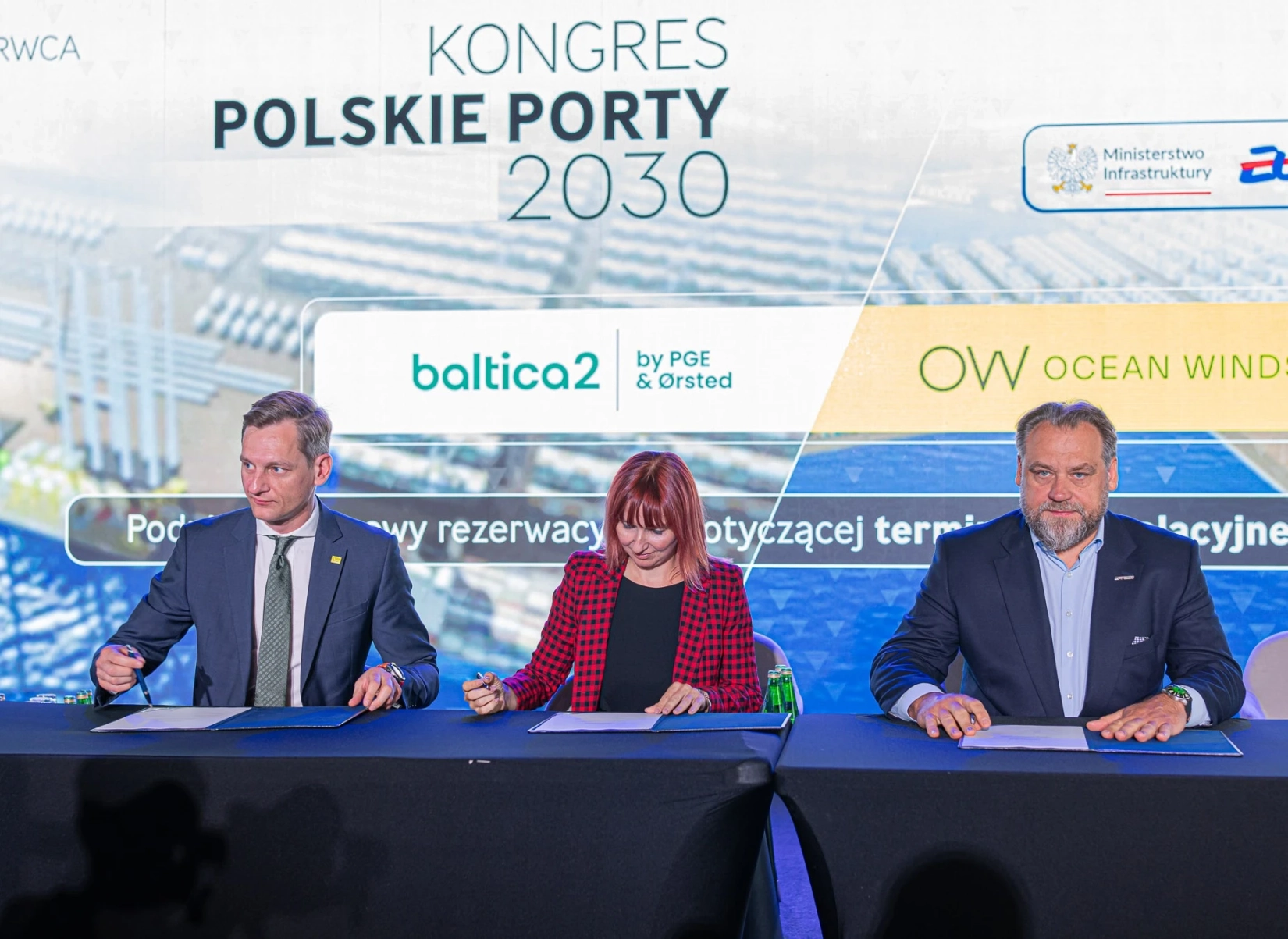The Baltic Sea will play a key role in the development of offshore wind energy in Europe. The European Commission estimates that the potential of this sea is 93.5 GW. The Baltic Sea gives the Baltic states a chance for an effective energy transformation.
The European offshore wind development strategy presented in 2020 assumes increasing the capacity of offshore wind farms to at least 60 GW until 2030 and to 300 GW until 2050. According to estimates, this potential is much greater and may amount to as much as 450 GW (Wind Europe). The high-level working group BEMIP (Baltic Energy Market Interconnection Plan) indicated in the report from 2019 that Denmark has the greatest potential for offshore wind development among the countries of the Baltic Sea region. In terms of total potential, the leaders are Germany and also Denmark (possibilities to build farms in the North Sea).
GRAPHICS: Baltic Sea offshore wind potential
Map of the Baltic Sea (including countries – outline)
Baltic Sea 93.5 GW (number in the middle)
Germany – 8 GW
Denmark – 19.5 GW
Poland – 12 GW
Sweden – 20 GW
Finland – 8 GW
Lithuania – 4.5 GW
Latvia – 14.5 GW
Estonia – 7 GW
Source: BEMIP report
In order to use their full potential, the countries of the Baltic Sea Region should develop and provide details on policies, numbers and targets, access to specific areas, financing issues and RES auctions.
Cross-border cooperation in the Baltic Sea is of key importance, where a combined market would help overcome the problem of, for example, electricity bills with different patterns and technical standards. Grid development should also provide for significant growth in both offshore and onshore wind energy. It is worth recalling that on September 30, 2020, Denmark, Germany, Poland, Lithuania, Latvia, Estonia, Finland, Sweden, i.e. eight countries with the support of the European Commission, jointly signed the “Baltic Declaration”.
A fruitful 2020 year. Denmark and Germany at the forefront of the European sector
The countries of the Baltic Sea region have been developing offshore wind farms in European waters for many years. The undisputed leader are the Danes, who were the first in Europe to install the Vindeby wind farm in 1991. Much has changed since then, and the dynamic development of this sector in Europe has been visible in recent years. In 2020 alone, 2.9 GW was added in Europe, which corresponds to 365 wind turbines installed in 9 wind farms. Last year, the largest number of turbines was installed in the Netherlands (1,493 MW), Belgium (706 MW), Great Britain (483 MW), Germany (219 MW) and Portugal (17 MW). With the wind turbine manufacturer in mind, Siemens Gamesa Renewable Energy’s production units were connected the most (65 percent). Vestas Wind System (34 percent) and Senvion (3 percent) came next. The average power of the installed turbine in 2020 was 8.2 MW.
The total installed capacity in offshore wind farms in Europe is 25 GW, which gives 5,402 turbines connected to the power grids of individual countries. There are 116 offshore wind farms in 12 countries in European waters. The United Kingdom (42 percent) has been the European leader in terms of installed capacity for many years. It was followed by the Netherlands (10 percent), Belgium (9 percent) and Denmark (7 percent). The largest farm developers (owners) are Ørsted (17 percent), RWE Renewables (10 percent), Vattenfall (6 percent) and Mascquarie Capital (6 percent).












